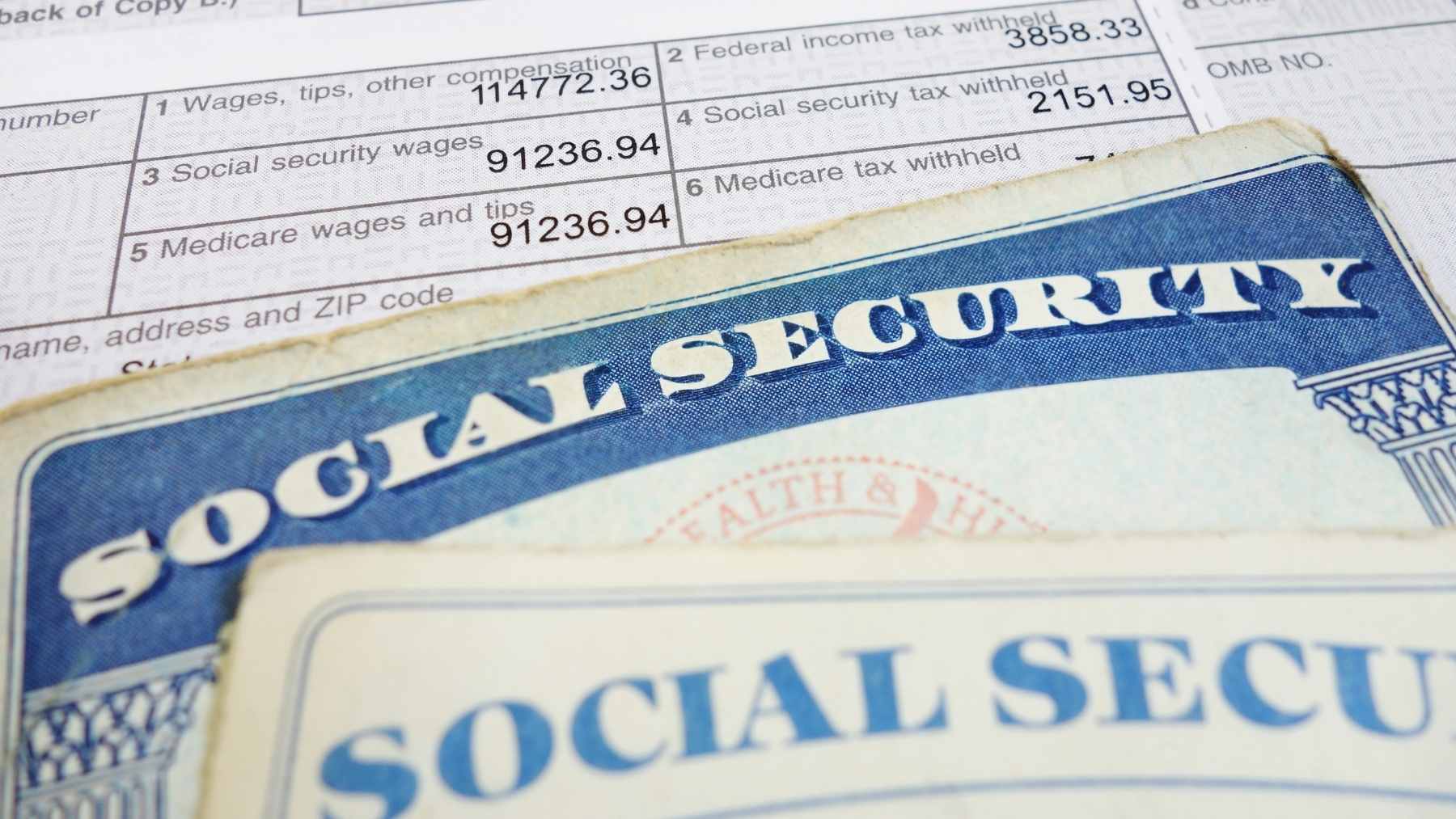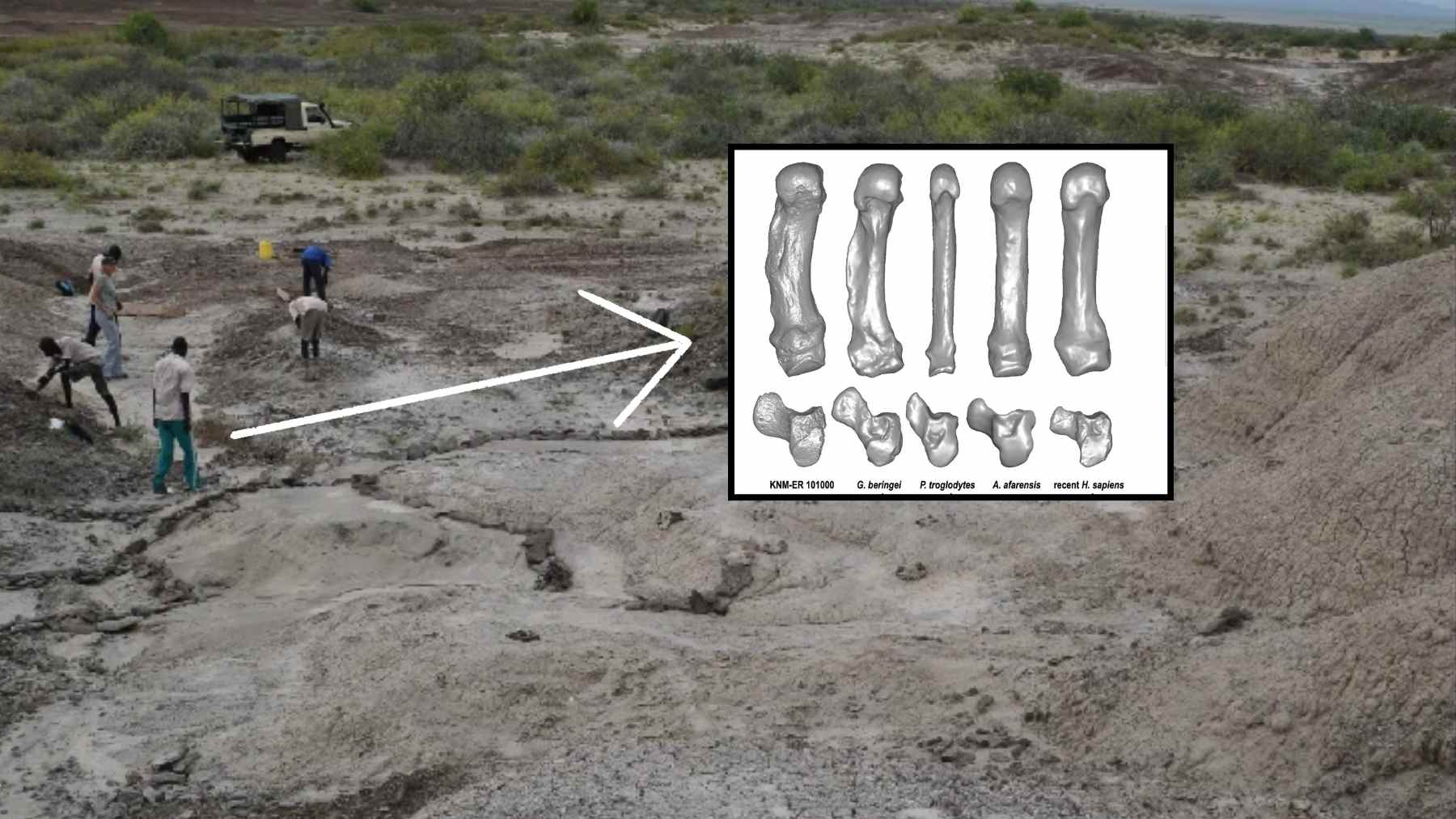AWith the tax season for fiscal year 2024/2025 officially coming to a close at the end of April, many taxpayers may be impatient to see their refunds start to be distributed from the Internal Revenue Service (IRS). Depending on if you filed electronically or opted to mail-in, your refund date may be coming in the next few days. Many families may be welcoming a tax refund more than ever now, appreciating the financial boost they offer amidst high cost-of-living expenses.
The fastest way to receive your tax refunds
According to the IRS, when filing your taxes, the fastest way to receive your refund is if you opt to use the direct e-filing option. Additionally, if you choose to have your refund sent to you via direct deposit over a mail-in check, this will also vastly reduce the amount of time you have to wait to receive a refund. Typically speaking, depending on which of these options you choose, you can expect to receive a refund within 10-21 days since filing.
However, it is important to bear in mind that not every taxpayer is automatically entitled to a refund. While a large majority of Americans will receive some form of a refund, you may have paid your correct tax liability to the IRS. Additionally, if you owe the federal or your state government money, your refund may be withheld.
This year, the refund schedule was more hard-pressed than usual, with the Trump Administration reducing its auditors by 31% amidst the sweeping job cuts by DOGE:
“Much of the IRS workforce is outside of the Washington, D.C., area, which means these layoffs are disrupting their local economies and hurting middle-income families in every state,” Doreen Greenwald, president of the National Treasury Employees Union, said in a statement.
The average refund for these individuals will arrive next week
The average refund issued to taxpayers this year amounted to $2,939. Depending on when you filed your taxes and which method you opted for, the IRS may release your refund next week. The following is a rough guideline for taxpayers to refer to if they are expecting a refund but have not yet received one:
- Electronic filing and direct deposit: 1 to 3 weeks
- Electronic submission and cheque: 1 month
- Statement by mail and direct deposit: 3 weeks
- Statement by mail and check: 2 months
With the tax season coming to a close at the end of April, according to these rough estimates, if you submitted right up until the latest submission date and opted for e-filing and/or direct deposit, your refund may come through next week. Additionally, if you filed your taxes by mail but chose to have your refund sent to you through direct deposit, you may also see it coming in next week.
How to check the status of your tax refund
According to IRS tax filing statistics, this year, the IRS distributed $274.979 billion worth of refunds, a two percent increase from last year. This year’s average refund also saw a slight increase, with last year’s average refund amounting to $2,869. A total of 143,556,000 were processed this year, another increase from last year. IRS statistics for this year show an overall increase.
If you have not yet been issued a refund, you can use the IRS Where’s My Refund Tool to track when your refund is in terms of processing. The tool is updated once daily and is available to use 24/7 for taxpayers to check in. If you filed your refund using the e-filing option, you can use the tool within 24 hours of filing; however, those who mailed in their refunds will have to wait four weeks to use the tool. To check your refund status using the tool, you will need your Social Security number, filing status, and exact refund amount.













